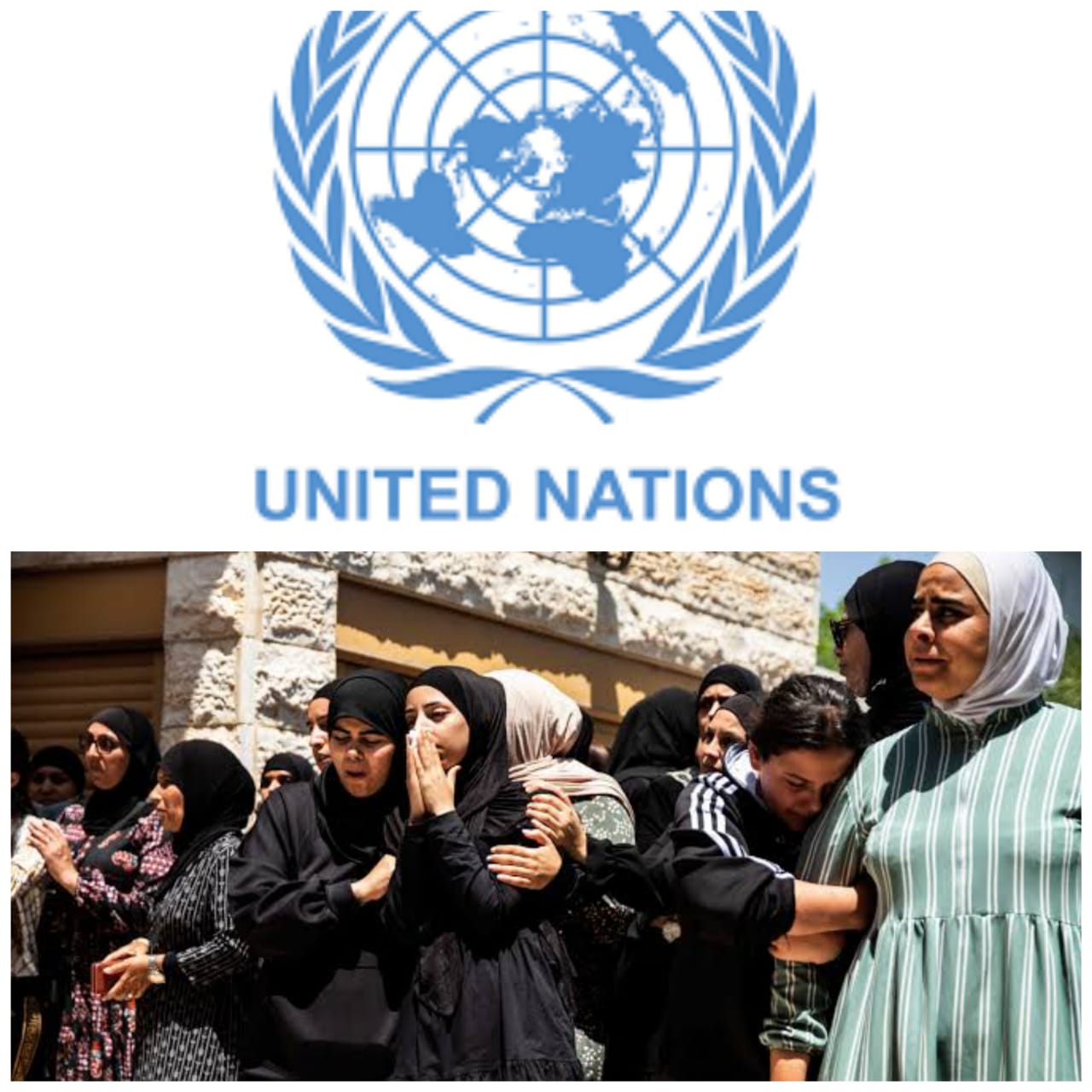New York City, October 25, 2023 –
A recent United Nations report has spotlighted the escalating risks faced by women in regions affected by conflicts and their significant underrepresentation in peace negotiations.
The report, released in conjunction with the UN Security Council Open Debate under the theme “Women’s participation in international peace and security: from theory to practice,” underscores the critical issues related to gender and conflict.
In 2022, the number of women and girls living in conflict-affected nations surged to over 600 million, marking a 50 percent increase since 2017. The report emphasizes that despite the growing global need for humanitarian aid, many countries continue to prioritize increasing military expenditures, reaching an astonishing USD 2.2 trillion in 2022.
This UN Secretary-General report serves as a wake-up call to a world grappling with pressing gender-related challenges in conflict areas. The report features notable briefings by individuals such as António Guterres, the United Nations Secretary-General, Sima Bahous, UN Women Executive Director, Mirjana Spoljaric, President of the International Committee of the Red Cross, Ambassador Glivânia Maria de Oliveira, and a representative from civil society, all expected to discuss its findings.
The report highlights alarming trends that pose significant setbacks to both gender equality and global peace. However, it also stresses that these consequences are not irreversible. Addressing these challenges will necessitate investment in women’s organizations operating in crisis areas, promoting the meaningful participation of women in mediation and peace processes, advocating for gender parity in political and electoral procedures, and establishing accountability mechanisms to enhance the protection of women in conflict-afflicted regions, as stated by Ms. Sarah Hendriks, UN Women Deputy Executive Director ad interim.
The report underscores the worsening global humanitarian situation, with women and girls bearing a disproportionate burden. The plight of women’s and girls’ rights in Afghanistan, marked by over 50 edicts issued by the Taliban to restrict their freedoms, serves as a grim example. Meanwhile, the resurgence of widespread sexual violence in Darfur, Sudan, earlier in the year harks back to the turmoil the region faced two decades ago. Additionally, the report points out a decline in women’s participation in decision-making related to peace and security, with political violence against women surging by 50 percent in conflict-ridden nations between 2020 and 2022.
A central recommendation from the report calls for ensuring that at least one-third of all participants in mediation and peace processes are women. Sadly, the current reality reveals a persistent marginalization of women from key negotiations. While women were involved in 80 percent of UN-led or co-led peace processes, their actual representation remained dismally low at approximately 16 percent of total participants. This percentage has seen consecutive declines for two years, extending to negotiations in various regions, including Ethiopia, Kosovo, Sudan, Myanmar, and Libya.
Additional recommendations from the report include a call for $300 million in new funding pledges for women’s organizations operating in crisis settings over the next three years, the establishment of ambitious targets for women’s direct participation in delegations and negotiating teams, reducing military expenditures in favor of increased funding for women’s peacebuilding efforts, and ensuring the safety of women human rights defenders in their home countries or during necessary relocations.
The UN Secretary-General report on women, peace, and security is published annually to coincide with the UN Security Council Open Debate on resolution 1325, which aims to guarantee the safety of women and girls in conflicts and advocates for their full inclusion in peace processes.









Leave a Reply